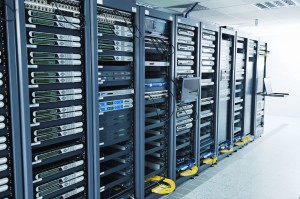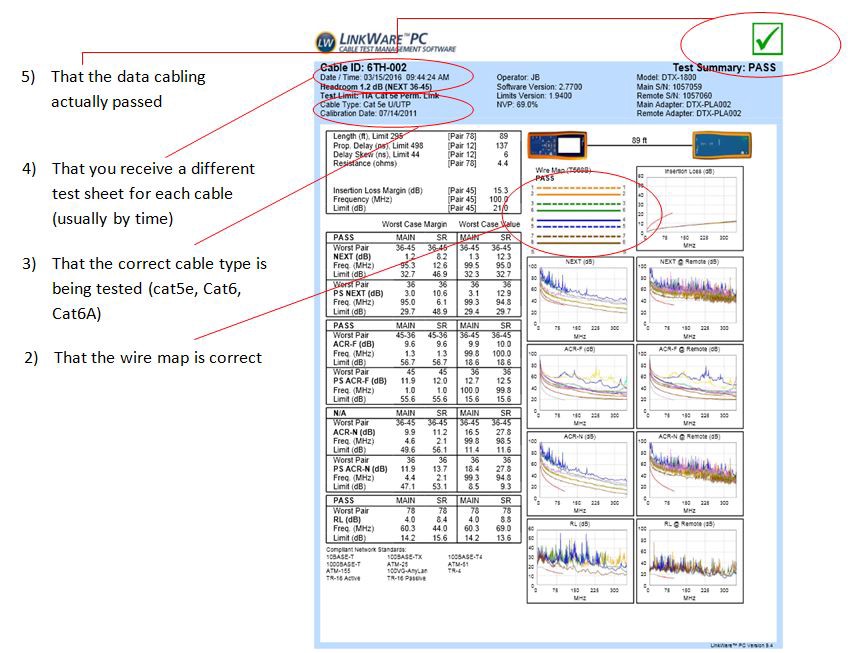A fiber optic cable defined in IEEE 802.8 is cable that contains optical fibers (usually glass) coated in plastic that are used to send data by pulses of light or in general term afiber optic cable is a cable that carries information in the form of light through optical fibers. In a cable, there can be a single or multiple strand of optical fiber. Optical fiber is internally made of glass and covered with plastic.

Other types of fibers use electricity to carry data or information, whereas fiber optic cable uses light to transmit the data, due to which the data transfer capacity is far better than the tradition cables. As the outer layer of the fiber optic cable is covered with a protective material the electromagnetic interference is least. Fiber optic cable also have the bandwidth higher than other cables. Hence they are designed and used for long distance, very high performance data networking and telecommunications.
Different types of optic fiber cables are used for different types of application. Sometimes the signals need to be traveled a longer distance, sometimes for shorter distance but with higher speed or sometimes with minimal loss, etc. For all these different conditions, different types of optical fiber cables are used.
Design:
Innermost part of the optical fiber is called as core and the cover of it is called as cladding. They both have different refractive index which results in the total internal reflection of light with minimal losses and helps to transferred the signal as required. In most of the fibers, the cladding is coated with a layer of acrylate polymer or polyimide. Above that many different layers of protective sheathing are provided depending on the application.
Each end of the optical fiber relates to a special fiber connecter, so that it can be easily connected and disconnected from transmitting or receiving device. The lights are generated with the use of LEDs (Light Emitting Diodes), lasers or injection-laser diode (ILD), which on transmitting through optical fiber at anangle based on the refractive index travel through it.

Types of Optical Fibers:
Optical Fiber are broadly classified into following two types:
- Single Mode Optical Fiber:
In this type of Optical Fiber, a single stand of glass fiber is used which has a diameter of 8.3 to 10 microns. It carries higher bandwidth than multi mode fiber, but it requires a light source like laser or ILD with a narrow spectral width. It uses the Wave Division Multiplexing (WDM) techniques so that the amount of data traffic that needs to be sent across the strand can be increased.
It is also called as mono-mode optical fiber,uni-mode fiber, single-mode optical waveguide.
- Multi-Mode Optical Fiber:
Optical diameter of Multi-Mode optical fiber is larger than the single mode fiber. Multi mode fibers provide a higher bandwidth and hence the data transfers at higher speed. Normally LEDs are used as the source of light to transmit the signal.
Fiber optics cables were not available until 1970 and in 1977 it was the very first time when optical fiber was commercially used. After that the use of optical fiber has increased with a rapid rate and todays digital world, all are moving to optical fiber.
Fiber Optic Cable Precautions:
Following are few precautions that needs to be taken into consideration while using optical fiber.
- Optical fiber connections and connectors should be capped when not in use so that it can be prevented from dust, dirt or other substances.
- Fiber optical cabling should not be bend more than the diameter of the hand. Bending the optical cable more than that could cause physical damage to the cable.
- The tip of the actual fiber cabling should not be touched.
- A meter needs to be used to determine that the signal or pulse is being transferred or not.
Source: http://www.wowyar.com
